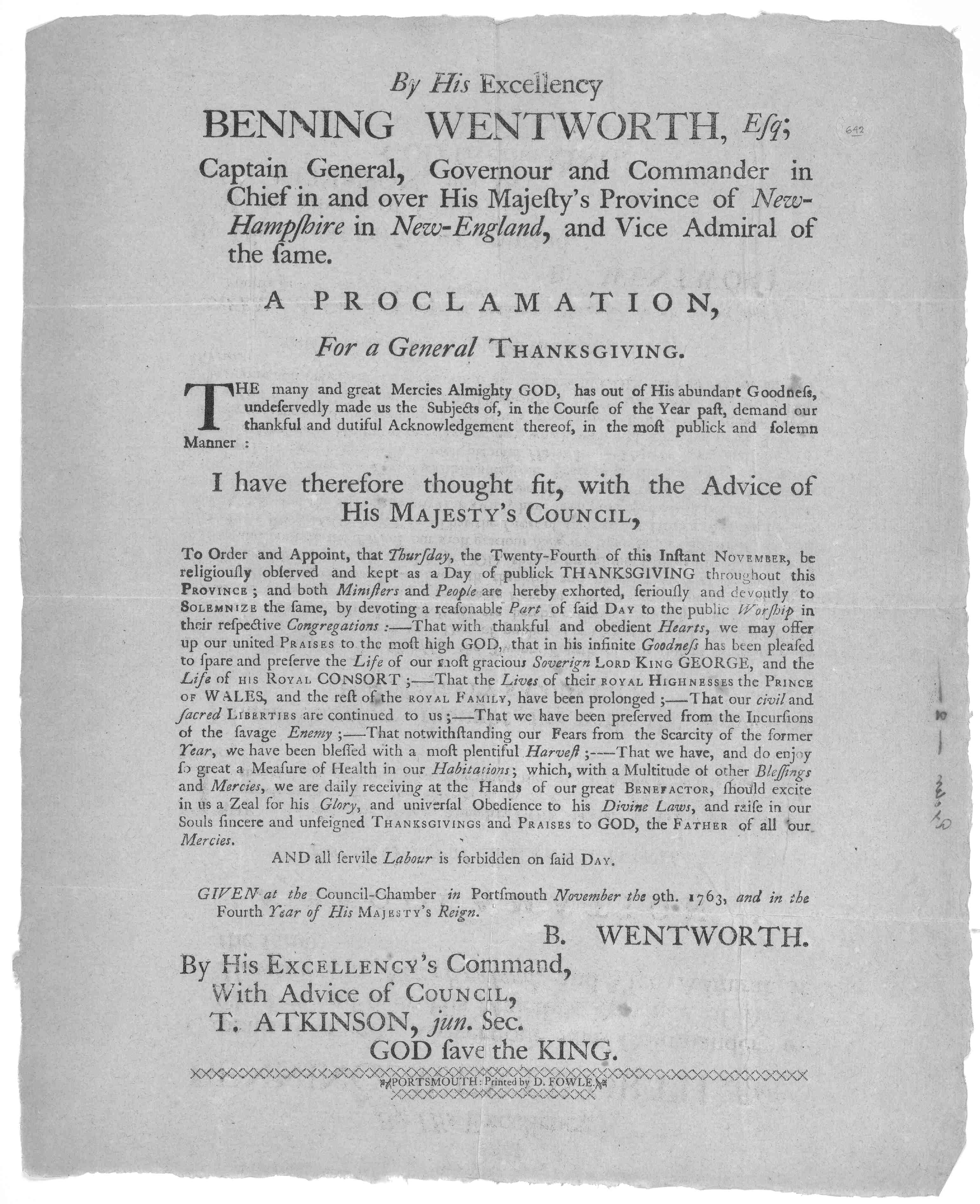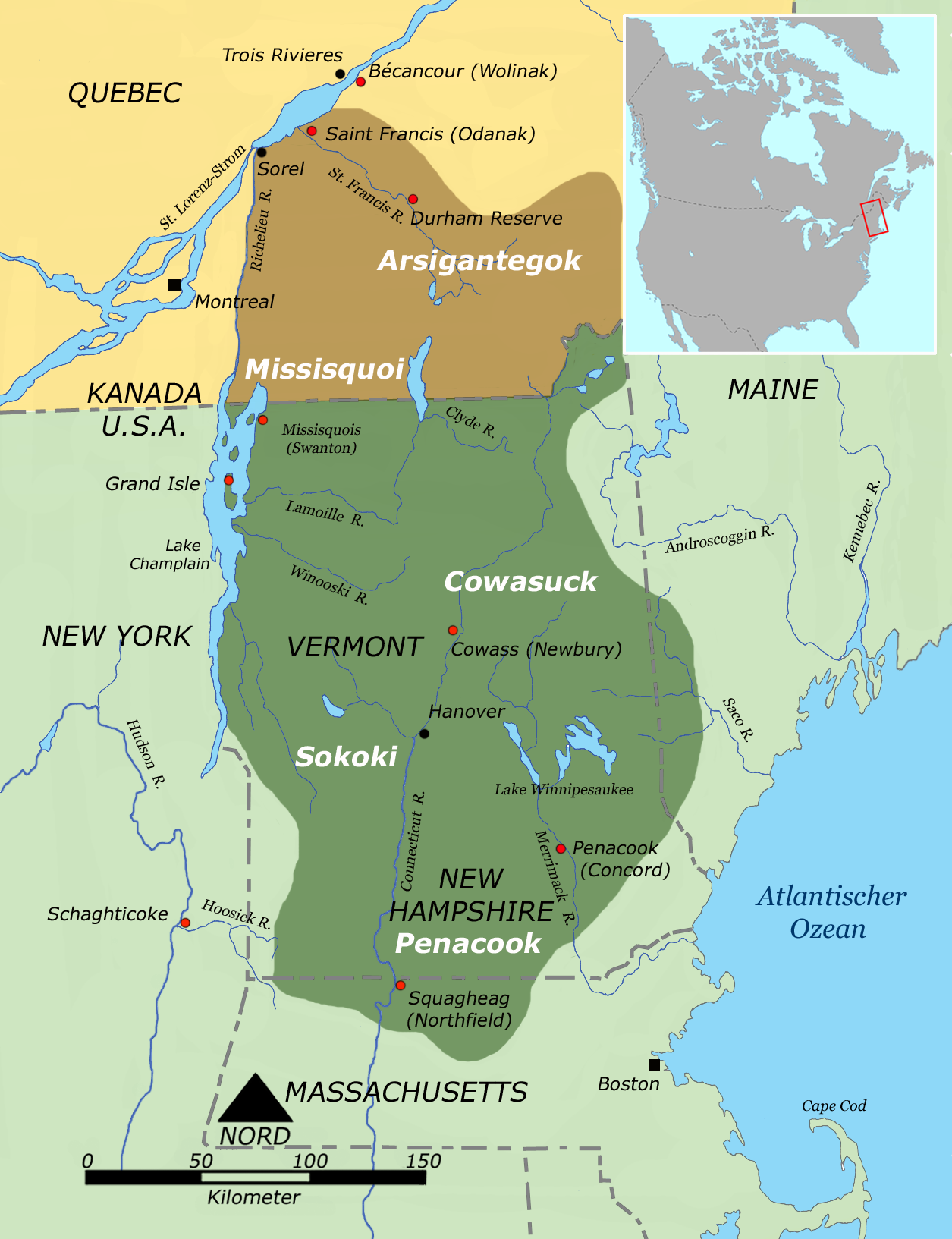|
Unity, New Hampshire
Unity is a town in Sullivan County, New Hampshire, United States. The population was 1,518 at the 2020 census, down from 1,671 at the 2010 census. The town includes the villages of Unity, East Unity, Quaker City, and West Unity. History Prior to British colonization, the Connecticut River valley was populated by bands of the Western Abenaki, who lived in sometimes-large villages of longhouses.Native Americans in Vermont: the Abenaki , from flowofhistory.org, a website funded by educational grants Depending on the season, they would either remain near their villages to fish, gather plants, engage in sugaring, and trade or fight with their neighbors, or head to nearby fowling and hunting grounds. Late ... [...More Info...] [...Related Items...] OR: [Wikipedia] [Google] [Baidu] |
Unity Town Hall
Unity Town Hall is the town hall of Unity, New Hampshire. It is located in the center of Unity, on the 2nd New Hampshire Turnpike just north of its junction with Center Road. Built in 1831 as a Baptist church, it is a well-preserved example of transitional Federal-Greek Revival styling. The building was listed on the National Register of Historic Places The National Register of Historic Places (NRHP) is the Federal government of the United States, United States federal government's official United States National Register of Historic Places listings, list of sites, buildings, structures, Hist ... in 1985. Description and history Unity's town hall is located in its rural village center, on the west side of the 2nd New Hampshire Turnpike just north of Center Road. It is a single-story wood-frame structure, with a gabled roof and clapboarded exterior. It has modest Greek Revival styling, with plain cornerboards and a cornice with decorative molding. An entry pavilion proje ... [...More Info...] [...Related Items...] OR: [Wikipedia] [Google] [Baidu] |
New England Town
The town is the basic unit of Local government in the United States, local government and local division of state authority in the six New England states. Most other U.S. states lack a direct counterpart to the New England town. New England towns overlie the entire area of a state, similar to civil townships in other states where they exist, but they are fully functioning Incorporation (municipal government), municipal corporations, possessing powers similar to city, cities and county, counties in other states. Local government in New Jersey, New Jersey's system of equally powerful townships, boroughs, towns, and cities is the system which is most similar to that of New England. New England towns are often governed by a town meeting, an assembly of eligible town residents. The great majority of municipal corporations in New England are based on the town model; there, statutory forms based on the concept of a Place (United States Census Bureau), compact populated place are uncommon ... [...More Info...] [...Related Items...] OR: [Wikipedia] [Google] [Baidu] |
Benning Wentworth
Benning Wentworth (July 24, 1696 – October 14, 1770) was an American merchant, landowner and colonial administrator who served as the List of colonial governors of New Hampshire, governor of New Hampshire from 1741 to 1766. He is best known for issuing New Hampshire Grants, several land grants in territories claimed by the Province of New Hampshire west of the Connecticut River while serving as governor, which led to disputes with the neighboring Province of New York and the eventual establishment of Vermont. Born in Portsmouth, New Hampshire into a prominent local family, Wentworth was groomed by his father John Wentworth (lieutenant governor, born 1671), John while growing up to assume control over the family businesses. However, Wentworth's misbehavior while studying at Harvard College led him to be sent by his father to Boston instead in 1715. There, Wentworth was apprenticed to his uncle before working as a merchant. In 1730, he returned to Portsmouth to assume control o ... [...More Info...] [...Related Items...] OR: [Wikipedia] [Google] [Baidu] |
Province Of Massachusetts Bay
The Province of Massachusetts Bay was a colony in New England which became one of the thirteen original states of the United States. It was chartered on October 7, 1691, by William III and Mary II, the joint monarchs of the kingdoms of England, Scotland, and Ireland, and was based in the merging of several earlier British colonies in New England. The charter took effect on May 14, 1692, and included the Massachusetts Bay Colony, the Plymouth Colony, the Province of Maine, Martha's Vineyard, Nantucket, Nova Scotia, and New Brunswick; the Commonwealth of Massachusetts is the direct successor. Maine has been a separate state since 1820, and Nova Scotia and New Brunswick are now Canadian provinces, having been part of the colony only until 1697. The name Massachusetts comes from the Massachusett Indians, an Algonquian peoples, Algonquian tribe. It has been translated as "at the great hill", "at the place of large hills", or "at the range of hills", referencing the Blue Hills Re ... [...More Info...] [...Related Items...] OR: [Wikipedia] [Google] [Baidu] |
John Hobart, 1st Earl Of Buckinghamshire
John Hobart, 1st Earl of Buckinghamshire, (11 October 169322 September 1756) was a British politician who sat in the House of Commons from 1715 to 1728, when he was raised to the peerage as Baron Hobart. Early life Hobart was the son of Sir Henry Hobart, 4th Baronet of Blickling Hall and his wife Elizabeth Maynard, and he inherited his father's title when the latter was killed in a duel in 1698. He was admitted at Clare College, Cambridge in 1710. He married firstly Judith Britiffe (half-sister of Elizabeth, wife of William Morden) in 1717 and secondly Elizabeth Bristow in 1728. Career Hobart was returned unopposed as Member of Parliament for St Ives at the 1715 general election. He became Vice-Admiral of Norfolk in 1719, holding the post until his death. In 1721 he became Lord of Trade. He was elected MP for St Ives in a contest in 1722. At the 1727 general election he was returned as MP for Bere Alston and for Norfolk Norfolk ( ) is a Ceremonial counties o ... [...More Info...] [...Related Items...] OR: [Wikipedia] [Google] [Baidu] |
Province Of New Hampshire
The Province of New Hampshire was an English colony and later a British province in New England. It corresponds to the territory between the Merrimack and Piscataqua rivers on the eastern coast of North America. It was named after the English county of Hampshire in southern England by Captain John Mason in 1629, its first named proprietor. In 1776, the province established an independent state and government, the State of New Hampshire, and joined with twelve other colonies to form the United States. Europeans first settled New Hampshire in the 1620s, and the province consisted for many years of a small number of communities along the seacoast, Piscataqua River, and Great Bay. In 1641 the communities were organized under the government of the Massachusetts Bay Colony, until Charles II issued a colonial charter for the province and appointed John Cutt as President of New Hampshire in 1679. After a brief period as a separate province, the territory was absorbed into the ... [...More Info...] [...Related Items...] OR: [Wikipedia] [Google] [Baidu] |
The Common, Unity, NH
''The'' is a grammatical Article (grammar), article in English language, English, denoting nouns that are already or about to be mentioned, under discussion, implied or otherwise presumed familiar to listeners, readers, or speakers. It is the definite article in English. ''The'' is the Most common words in English, most frequently used word in the English language; studies and analyses of texts have found it to account for seven percent of all printed English-language words. It is derived from gendered articles in Old English which combined in Middle English and now has a single form used with nouns of any gender. The word can be used with both singular and plural nouns, and with a noun that starts with any letter. This is different from many other languages, which have different forms of the definite article for different genders or numbers. Pronunciation In most dialects, "the" is pronounced as (with the voiced dental fricative followed by a schwa) when followed by a con ... [...More Info...] [...Related Items...] OR: [Wikipedia] [Google] [Baidu] |
Three Sisters (agriculture)
The Three Sisters () are the three main agricultural crops of various indigenous people of Central and Indigenous peoples of the Americas, North America: Cucurbita, squash, maize ("corn"), and climbing Bean, beans (typically Phaseolus acutifolius, tepary beans or Phaseolus vulgaris, common beans). In a technique known as companion planting, the maize and beans are often planted together in mounds formed by hilling soil around the base of the plants each year; squash is typically planted between the mounds. The cornstalk serves as a Trellis (architecture), trellis for climbing beans, the beans Nitrogen fixation#Root nodule symbioses, fix nitrogen in their root nodules and stabilize the maize in high winds, and the wide leaves of the squash plant shade the ground, keeping the soil moist and helping prevent the establishment of Weed, weeds. Indigenous peoples throughout North America cultivated different varieties of the Three Sisters, adapted to varying local environments. The ind ... [...More Info...] [...Related Items...] OR: [Wikipedia] [Google] [Baidu] |
Tobacco
Tobacco is the common name of several plants in the genus '' Nicotiana'' of the family Solanaceae, and the general term for any product prepared from the cured leaves of these plants. More than 70 species of tobacco are known, but the chief commercial crop is ''N. tabacum''. The more potent variant ''N. rustica'' is also used in some countries. Dried tobacco leaves are mainly used for smoking in cigarettes and cigars, as well as pipes and shishas. They can also be consumed as snuff, chewing tobacco, dipping tobacco, and snus. Tobacco contains the highly addictive stimulant alkaloid nicotine as well as harmala alkaloids. Tobacco use is a cause or risk factor for many deadly diseases, especially those affecting the heart, liver, and lungs, as well as many cancers. In 2008, the World Health Organization named tobacco use as the world's single greatest preventable cause of death. Etymology The English word 'tobacco' originates from the Spanish word ''taba ... [...More Info...] [...Related Items...] OR: [Wikipedia] [Google] [Baidu] |
Sugaring
Food preservation includes processes that make food more resistant to microorganism growth and slow the oxidation of fats. This slows down the decomposition and rancidification process. Food preservation may also include processes that inhibit visual deterioration, such as the enzymatic browning reaction in apples after they are cut during food preparation. By preserving food, food waste can be reduced, which is an important way to decrease production costs and increase the efficiency of food systems, improve food security and nutrition and contribute towards environmental sustainability. For instance, it can reduce the environmental impact of food production. Many processes designed to preserve food involve more than one food preservation method. Preserving fruit by turning it into jam, for example, involves boiling (to reduce the fruit's moisture content and to kill bacteria, etc.), sugaring (to prevent their re-growth) and sealing within an airtight jar (to prevent recontam ... [...More Info...] [...Related Items...] OR: [Wikipedia] [Google] [Baidu] |
Abenaki
The Abenaki ( Abenaki: ''Wαpánahki'') are Indigenous people of the Northeastern Woodlands of Canada and the United States. They are an Algonquian-speaking people and part of the Wabanaki Confederacy. The Eastern Abenaki language was predominantly spoken in Maine, while the Western Abenaki language was spoken in Quebec, Vermont, and New Hampshire. While Abenaki peoples have shared cultural traits, they did not historically have a centralized government. They came together as a post-contact community after their original tribes were decimated by colonization, disease, and warfare. Names The word ''Abenaki'' and its syncope, ''Abnaki,'' are both derived from ''Wabanaki'', or ''Wôbanakiak,'' meaning "People of the Dawn Land" in the Abenaki language. While the two terms are often confused, the Abenaki are one of several tribes in the Wabanaki Confederacy. Alternate spellings include: ''Abnaki'', ''Abinaki'', ''Alnôbak'', ''Abanakee'', ''Abanaki'', ''Abanaqui'', ''Abana ... [...More Info...] [...Related Items...] OR: [Wikipedia] [Google] [Baidu] |





